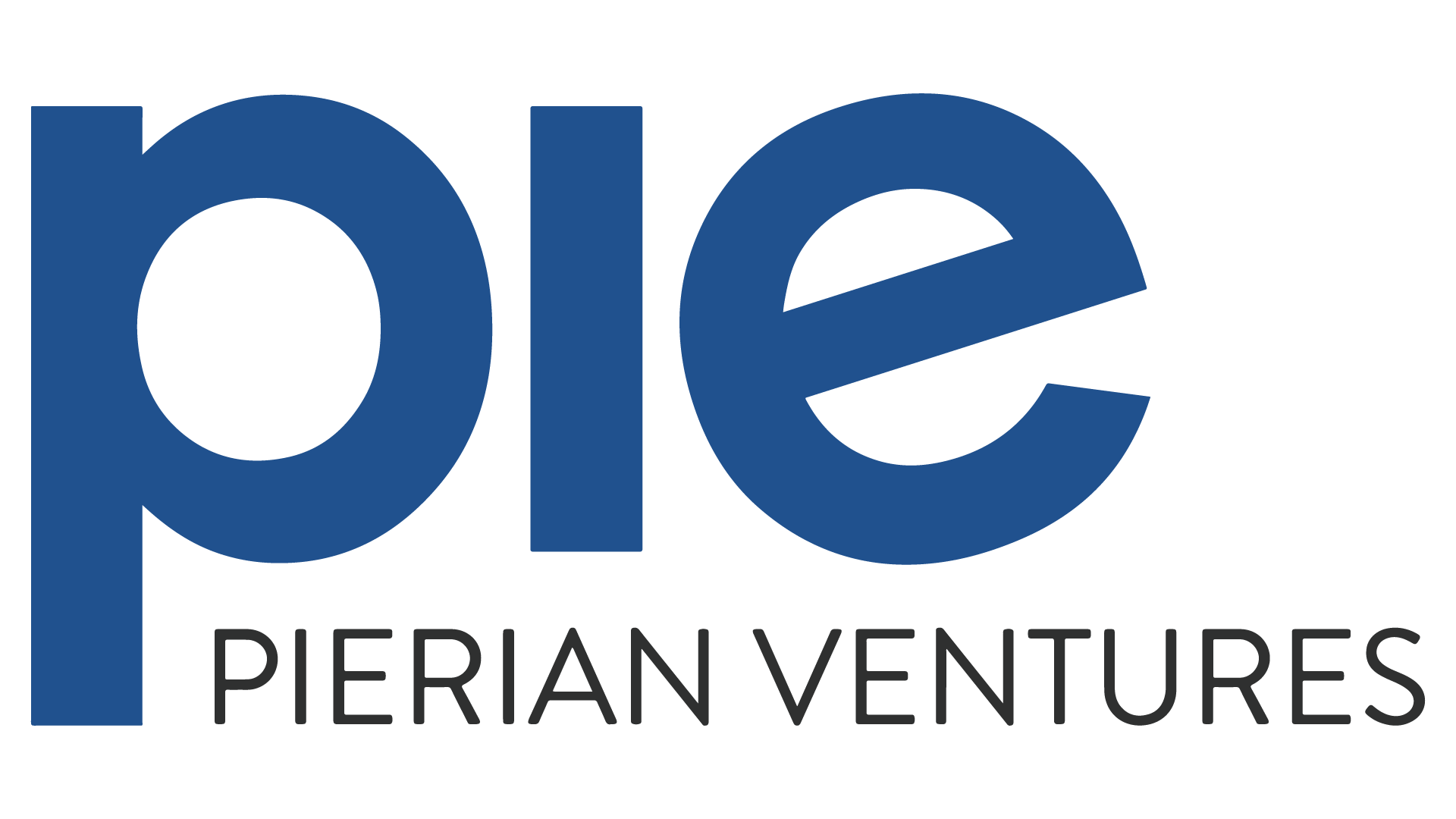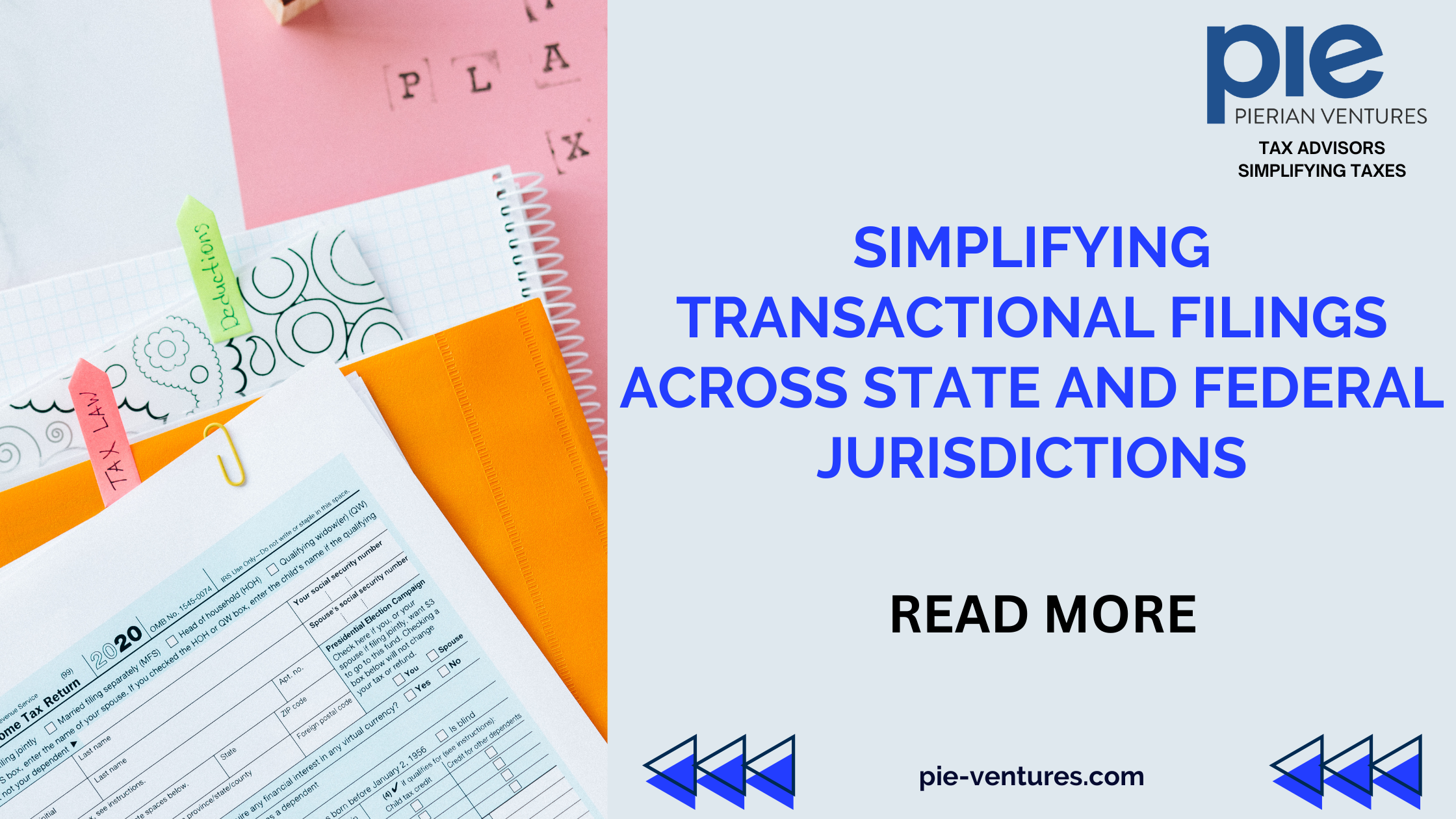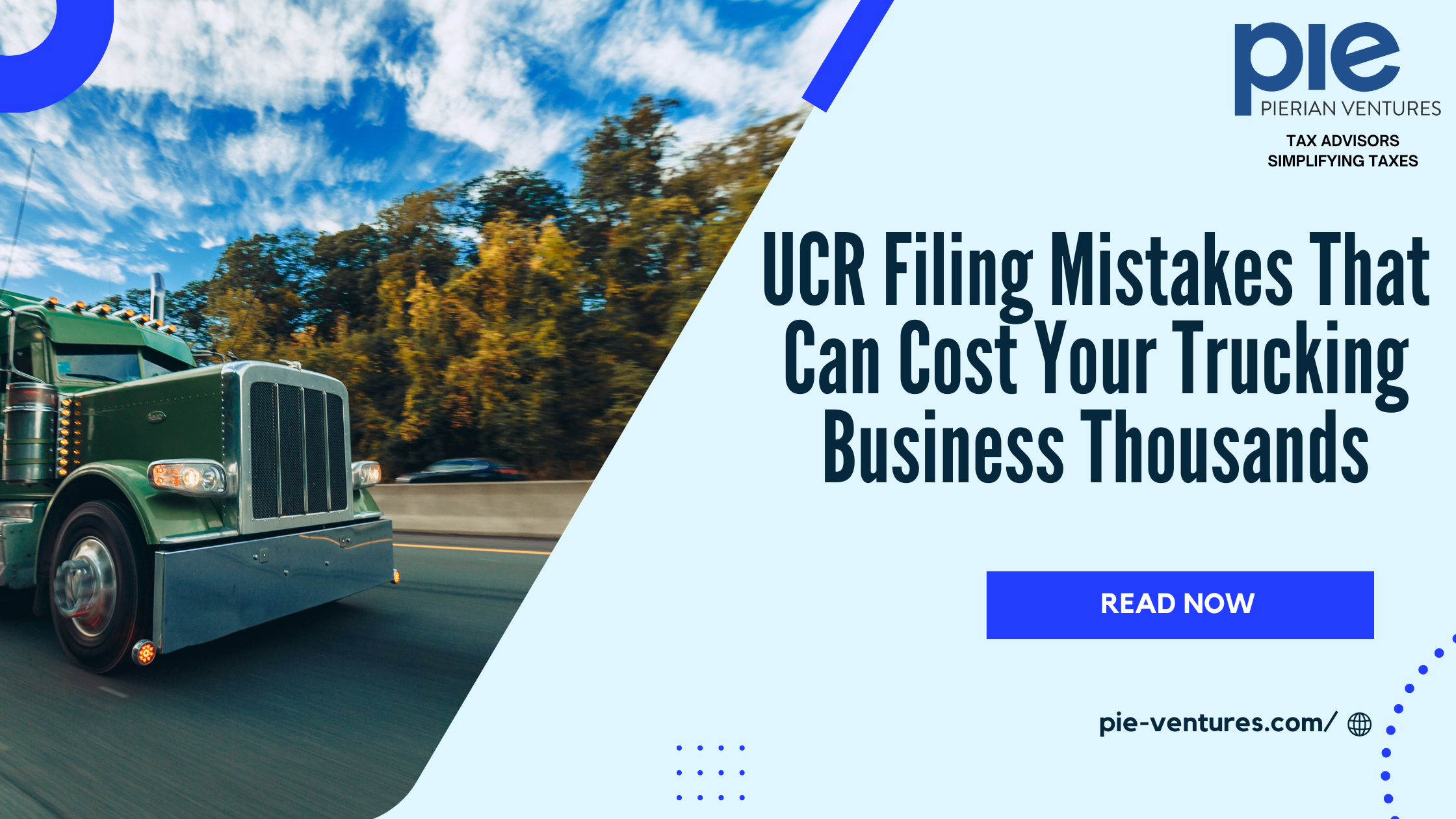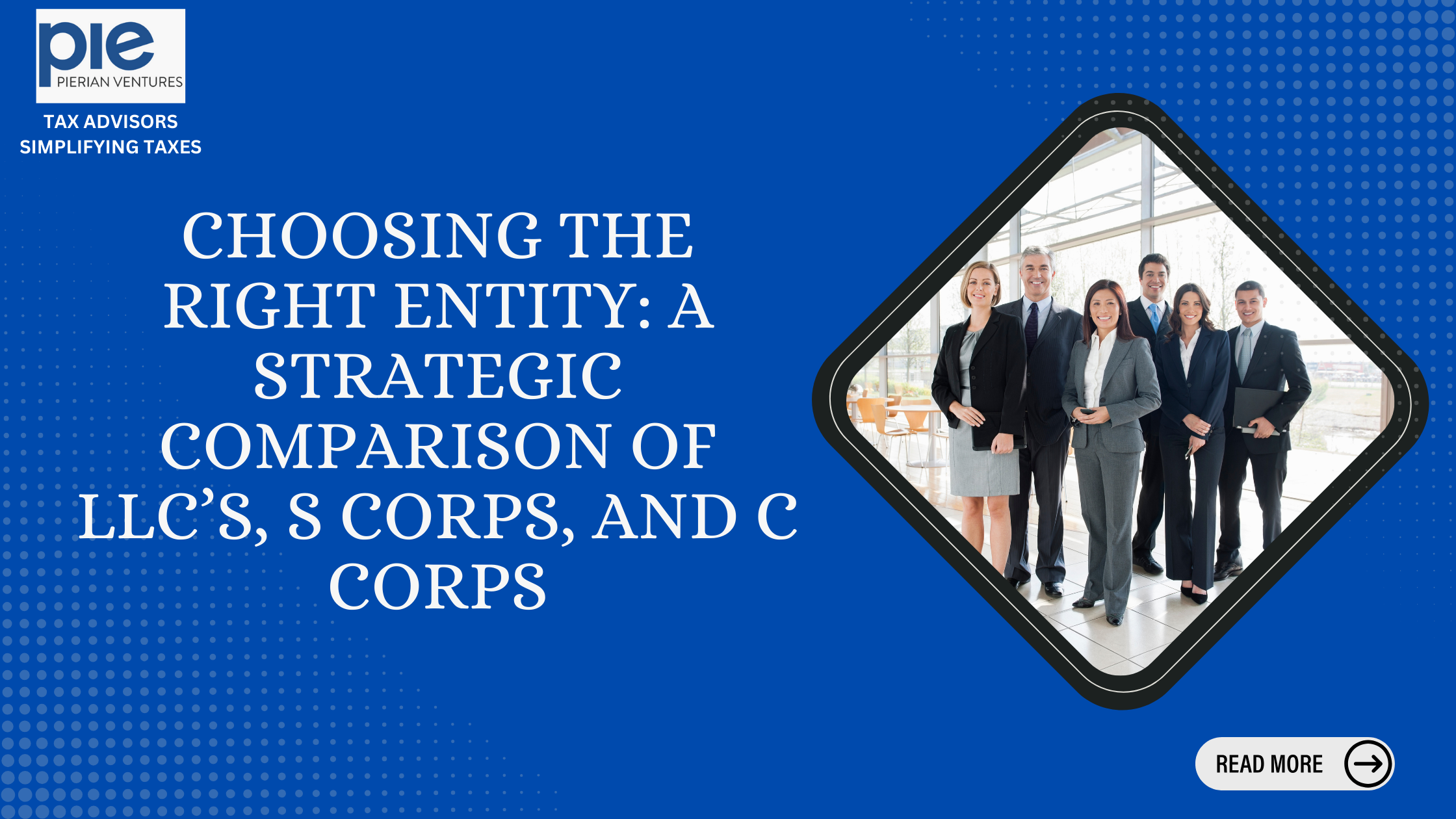In a financial and regulatory environment that is becoming increasingly intricate, businesses must develop payroll structures that optimize tax efficiency while ensuring unwavering compliance. Payroll is not merely a function of remuneration—it is a key determinant of corporate tax liability, workforce planning, and financial integrity. A misaligned payroll system can inflate tax obligations, cause cash flow volatility, and expose businesses to regulatory scrutiny. To achieve a finely tuned payroll strategy, organizations must integrate tax planning principles, compliance automation, and adaptive governance models.
Advanced Payroll Structuring for Maximum Tax Efficiency
Efficient payroll structuring requires a multi-faceted approach that aligns employee compensation with tax optimization and corporate financial strategy. Organizations should focus on:
1. Compensation Engineering for Tax Reduction
Payroll tax efficiency begins with designing compensation packages that minimize tax exposure while maximizing employee take-home pay. This involves:
- Hybrid Compensation Structures: A mix of salary, deferred compensation, and non-taxable benefits optimizes tax efficiency.
- Performance-Based and Equity Compensation: Stock options, restricted stock units (RSUs), and deferred bonuses defer taxation and align employee incentives with corporate growth.
- Non-Monetary Benefits Utilization: Offering tax-advantaged benefits, such as employer-sponsored retirement contributions, tuition reimbursements, and health savings accounts, reduces taxable wages while enhancing employee satisfaction.
2. Strategic Use of Tax Credits and Payroll Deductions
Organizations often overlook lucrative tax credits and deductions embedded in payroll structures. Businesses should actively leverage:
- Payroll-Linked Tax Incentives: Employer-side deductions for health insurance contributions, retirement plan matching, and educational assistance reduce taxable income.
- Tax-Deferred Savings Mechanisms: Leveraging payroll deferrals into 401(k) plans, HSAs, and FSAs optimizes cash flow and minimizes tax exposure.
- Industry-Specific Tax Breaks: Sectors such as R&D, manufacturing, and renewable energy often qualify for payroll tax reductions based on employment initiatives and operational expenditures.
Navigating Regulatory Complexities in Payroll Compliance
Payroll tax compliance is a moving target, particularly for businesses operating across multiple jurisdictions. Organizations must address the following regulatory challenges:
1. Multi-Jurisdictional Compliance Strategies
Global and multi-state operations necessitate an intricate understanding of payroll tax obligations, including:
- Cross-State Payroll Tax Implications: Employee relocations and remote work trends introduce complications in tax nexus determinations and withholding obligations.
- International Employer Tax Liabilities: Expatriate employees and foreign payroll regulations require careful structuring to prevent double taxation.
- Tax Treaty Optimization: Utilizing tax treaties between jurisdictions minimizes redundant tax liabilities on payroll expenses.
2. Payroll Automation for Compliance and Accuracy
With ever-changing tax laws, manual payroll management increases the risk of errors. Businesses must adopt payroll technology solutions that:
- Integrate Real-Time Tax Compliance Adjustments: Automated updates for tax rate changes, state nexus compliance, and wage base thresholds.
- Ensure Data Security and Fraud Prevention: Implementing role-based access controls and AI-driven anomaly detection mitigates payroll fraud risks.
- Facilitate Regulatory Reporting and Audit Readiness: Compliance automation tools generate real-time reports for tax audits, labor law compliance, and payroll expense forecasting.
Governance and Risk Mitigation in Payroll Operations
Proactive payroll governance safeguards financial integrity, mitigates legal exposure, and enhances corporate accountability. Best practices include:
- Regular Internal Payroll Audits: Continuous audit cycles help detect discrepancies in tax filings, employee classifications, and compensation structures.
- Centralized Payroll Policy Frameworks: Establishing standardized payroll governance policies across global subsidiaries minimizes compliance risks.
- AI-Driven Predictive Analytics for Payroll Management: Utilizing machine learning models to forecast payroll tax liabilities, cash flow impact, and regulatory exposure enhances financial planning.
Transforming Payroll into a Strategic Advantage with Pierian Ventures
Payroll is no longer just an administrative function—it is a core driver of financial strategy, tax efficiency, and regulatory compliance. Businesses that adopt an advanced payroll optimization approach position themselves for sustainable growth, risk mitigation, and enhanced fiscal control.
Pierian Ventures specializes in sophisticated payroll structuring, offering businesses expert guidance in tax optimization, compliance automation, and risk mitigation strategies. Our expertise ensures that payroll is not only compliant but also aligned with broader financial objectives. By integrating cutting-edge automation, predictive analytics, and tax-efficient compensation strategies, Pierian Ventures helps businesses transform payroll from a cost center into a strategic financial asset.














